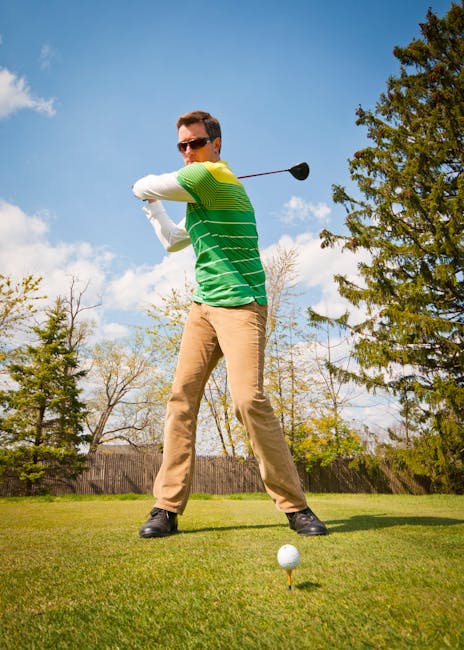Mastering Your Grip: Essential Tips for Holding a Golf Club
Introduction
Mastering the grip is one of the most vital aspects of playing golf. Whether you’re a beginner or an experienced golfer, refining your grip on the golf club can lead to more controlled, powerful, and accurate shots. In this comprehensive guide, we will delve into the essentials of a proper golf grip and provide actionable tips to enhance your performance on the course.
Understanding the Basics of a Golf Grip
Before diving into the techniques, it’s crucial to understand why the grip is fundamental in golf.
Why is Grip Important in Golf?
The grip is the only point of contact between you and the golf club. It affects the angle of the clubface at impact, influencing the flight and direction of the ball. A strong and consistent grip can help in minimizing errors and developing a reliable swing pattern.
Types of Golf Grips
There are primarily three types of grips used by golfers:
1. The Overlapping Grip (Vardon Grip)
This is the most common grip among professional golfers. The overlapping grip involves placing the pinkie finger of your trailing hand between the index and middle fingers of your lead hand.
2. The Interlocking Grip
Ideal for players with less hand strength or smaller hands, the interlocking grip involves locking the pinkie finger of the trailing hand with the index finger of the lead hand.
3. The Baseball Grip (Ten Finger Grip)
This grip is often recommended for beginners and juniors. It involves holding the club similar to a baseball bat, with all ten fingers directly on the club.
How to Properly Hold a Golf Club
Enhancing your golf grip starts with the correct placement of your hands. Follow these steps to ensure a proper hold:
Step 1: Position Your Lead Hand
Place your lead hand (the left hand for right-handed golfers) on the club, ensuring the grip runs from the base of the little finger through the middle of the index finger. You should only see two knuckles of your lead hand when you look down.
Step 2: Place Your Trailing Hand
Your trailing hand (right hand for right-handed golfers) should complement the position of the lead hand. Ensure it covers the thumb of the lead hand, fitting snugly against it.
Step 3: Check Your Grip Pressure
Grip pressure is critical; too tight, and you risk tensing up, too loose, and you lose control. Aim for a firm yet comfortable pressure, like holding a bird without squeezing it.
Common Grip Mistakes and How to Fix Them
Even experienced golfers can fall into habits that negatively impact their game. Here are a few common grip mistakes and solutions:
Mistake 1: Too Strong or Too Weak Grip
A grip is too strong if it overly rotates the clubface, leading to hooks, and too weak if it leaves the clubface open, causing slices. Adjust by rotating your hands to a more neutral position.
Mistake 2: Inconsistent Grip
Consistency in how you grip the club every time prepares you for more predictable outcomes. Practice your grip regularly to develop muscle memory.
Mistake 3: Improper Hand Placement
Ensure that your hands are not too high or too low on the club; this can alter the angle of your shots. The heel pad of your lead hand should be on top of the grip.
Advanced Tips for Perfecting Your Grip
To take your grip and overall golf performance to the next level, consider these advanced tips:
Tip 1: Customize Your Grip
No two golfers are identical, and sometimes the standard grips don’t fit your natural hand position. Feel free to make small adjustments based on what feels best and provides the most control and comfort.
Tip 2: Use Grip Aids
There are numerous products on the market designed to help you achieve an optimal grip. From grip gloves to specially designed tapes, these aids can provide the correct positions and pressure points.
Tip 3: Regularly Check Grip for Wear
A worn-out grip can affect your play by requiring additional pressure and causing slippage. Regularly check and replace your grips to maintain optimal performance.
Conclusion
Mastering your grip is critical for improving your golf game. By understanding the basics, avoiding common mistakes, and applying advanced techniques, you can ensure greater control, accuracy, and consistency on the course. Remember, practice is key to perfecting your grip, and it’s never too late to adjust and improve. You’re now ready to hold your golf club with confidence and aim for that hole-in-one!
